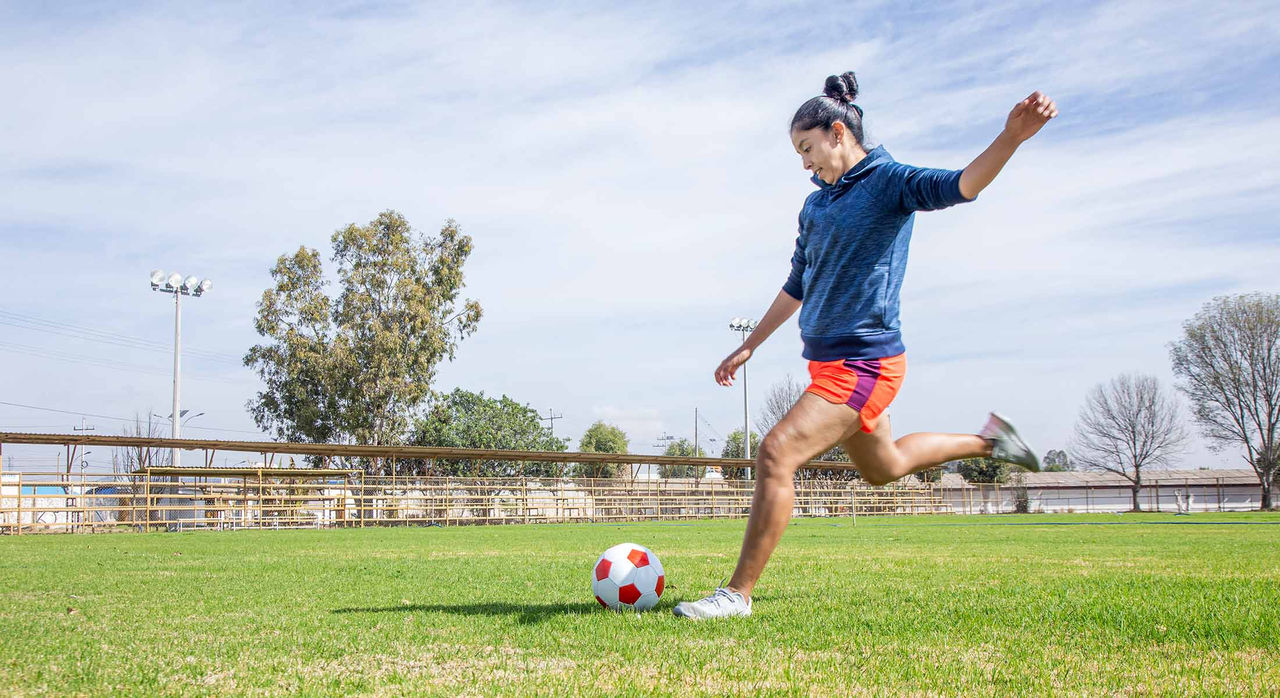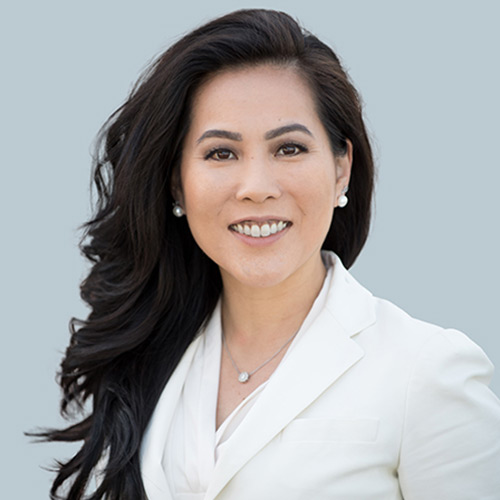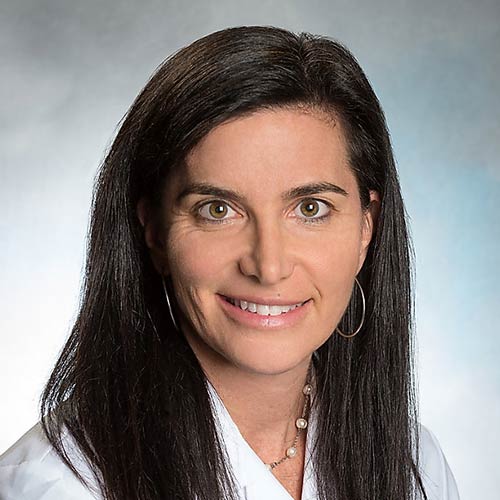-
- Find Care
-
- Visitor Information
- Find a Location
- Shuttles
- Visitor Policies
-
-
- Our Virtual Care Options
- Virtual Urgent Care
- Virtual Visits for Primary & Specialty Care
- Online Second Opinions
- Participate in Research
-
- Contact us
-
- For Innovators
- Commercialization Guide for Innovators
-
-
- Research News
- Alzheimer's Disease
- Artificial Intelligence
-
- Overview
-
- Overview
- Getting Started
- New to Mass General Brigham
- International Patient Care
- What Is Patient Gateway?
- Planning Your Visit
- Find a Doctor (opens link in new tab)
- Appointments
- Patient Resources
- Health & Wellness
- Flu, COVID-19, & RSV
- Billing & Insurance
- Financial Assistance
- Medicare and MassHealth ACOs
- Participate in Research
- Educational Resources
- Visitor Information
- Find a Location
- Shuttles
- Visitor Policies
- Find Care
-
- Overview
- Our Virtual Care Options
- Virtual Urgent Care
- Virtual Visits for Primary & Specialty Care
- Online Second Opinions
-
- Overview
- Participate in Research
-
- Overview
- About Innovation
- About
- Team
- News
- For Industry
- Venture Capital and Investments
- World Medical Innovation Forum (opens link in new tab)
- Featured Licensing Opportunities
- For Innovators
- Commercialization Guide for Innovators
- Contact us
-
- Overview
- Information for Researchers
- Compliance Office
- Research Cores
- Clinical Trials
- Advisory Services
- Featured Research
- Two Centuries of Breakthroughs
- Advances in Motion (opens link in new tab)
- Brigham on a Mission (opens link in new tab)
- Gene and Cell Therapy Institute
- Research News
- Alzheimer's Disease
- Artificial Intelligence
-
- Overview
-
- Overview
- Residency & fellowship programs
- Brigham and Women's Hospital
- Massachusetts General Hospital
- Mass Eye and Ear
- Newton-Wellesley Hospital
- Salem Hospital
- Integrated Mass General Brigham Programs
- Centers of Expertise
- Global & Community Health
- Health Policy & Management
- Healthcare Quality & Patient Safey
- Medical Education
- For trainees
- Prospective trainees
- Incoming trainees
- Current trainees
- Continuing Professional Development
Care for Female Sports Injuries: Q&A with Miho Tanaka, MD, and Elizabeth Matzkin, MD

Miho J. Tanaka, MD, and Elizabeth G. Matzkin, MD, co-leaders of the Mass General Brigham Women’s Sports Medicine Program, are trailblazers in sports medicine care. As sports medicine surgeons, researchers, and program leaders, they are spearheading a world-class team that’s advancing care and research in women’s sports medicine.
In this Q&A, Drs. Tanaka and Matzkin reflect on the unique needs of female athletes, gaps in sports medicine research and care, and the cutting-edge research studies they’re leading to optimize sports injury prevention, treatment, and rehabilitation for women.
Q: How is the Women’s Sports Medicine program uniquely positioned to help female athletes achieve their training, injury prevention, and rehabilitation goals?
Matzkin: The thing that differentiates our program is that we are providing both individualized care for each athlete-patient and multidisciplinary, collaborative care to include nutrition, sports psychology, our non-operative sports medicine partners, physical therapists, endocrine experts, etc. This comprehensive care is tailored for each female athlete to meet their goals.
There are elite athletes, master athletes, competitive athletes, collegiate and high school athletes. There are also recreational athletes and many female recreational athletes are pretty avid tennis players, golfers, or skiers. They're all considered female athletes.
Tanaka: There's not a lot that has been published about injuries that are specific to women, their optimal treatments, or even about the differences that exist between male and female athletes. Our work is leading these efforts to better understand and develop the algorithms for optimal treatment.
Q: Why is that holistic, comprehensive approach so important in terms of helping female athletes achieve their optimal outcomes?
Tanaka: It’s been shown that female athletes are more likely to require multidisciplinary care. This means that in the setting of a fracture or an ACL tear, there may be other considerations such as nutrition, hormones, and psychology, that can influence the orthopaedic treatment outcome. It's important to understand and address the different factors that make up an athlete’s ability to return to sport when treating them for their injuries.
Matzkin: Sometimes a female athlete, especially a cross country runner with a bone stress injury or a stress fracture, has multiple reasons for the fracture. One is probably their training and their running. And secondly, they may have an energy deficit or nutrition issues. This can affect their menstrual cycle and hormones, which can directly affect bone health. This then puts the athlete at higher risk of bone stress injuries or stress fractures.
Q: How do your personal experiences as athletes influence your approach to patient care?
Matzkin: We understand that desire to get back out on the field, the track, ice, or whatever our patient’s sport may be. Understanding that is hard if you weren't a previous athlete. I definitely feel like I can connect with my patients better.
I also have three daughters who play sports and I see a lot of high school and college athletes. I feel like I can understand multiple aspects when they get injured. Not only the athlete's perspective, but the perspective of the parent as well.
All of that plays a role when we consider the psychological aspects of sports, especially the loss of identity when they're injured and can't play sports. We also understand that there is a fear of re-injury. Having a background in sports, like Dr. Tanaka and I do, definitely helps us relate to our patients.
Tanaka: As former athletes ourselves, we are able to closely relate to the goals of our patients, the demands of the sport, as well as the frustrations of being injured. Additionally, we have a true commitment to excellence that is reflective of an athlete’s mentality. We apply this to our careers and the level of care we give to our patients. Many of the skills that we learned as athletes have helped us to become better surgeons and leaders within our field.
Q: What are some of the unique needs pregnant athletes or postpartum athletes have?
Tanaka: Pregnancy is one of the uniquely female conditions that is not well understood in the context of sports medicine and orthopaedic injuries. Many orthopaedic surgeons are not very comfortable evaluating pregnant patients because they did not undergo training on this topic and may not know what medications are safe during pregnancy, for example. Similarly, obstetricians often do not obtain education on the treatment of musculoskeletal disorders.
This leaves a clinical gap where a pregnant athlete with a knee injury may not easily get the care that they need. It’s because of this that our collaborative efforts through the Women’s Sports Medicine Program are important in addressing these needs. We are developing pregnancy-specific exercise treatments and working to better understand the relationship between hormonal changes, joint stability, and injury.
Matzkin: Dr. Tanaka and I have spent a lot of time looking at sex differences in sports medicine with regards to different types of injury, different anatomy, different response to treatment. It's really important to us to try and continue to understand these things through research.
Q: What are some key areas of women’s sports medicine research that you’re focused on at the moment?
Matzkin: We're looking at ways to improve outcomes for our female athletes, with regards to shoulder injuries, ACL tears, and patellofemoral instability. We’re researching how we can deliver optimal rehabilitation so that when they get back to sport, they're not at higher risk of a recurrent injury or another injury.
Tanaka: There are many areas within women’s sports medicine research that we are actively developing. Some examples include identifying and predicting injury risk in females, or understanding how female patients may need different treatment criteria than their male counterparts. We are also very interested in identifying movement patterns that can contribute to injury, as well as understanding hormonal influences on injury.
Additionally, our collaborations with some of the top scientists at Mass General Brigham have led to unique studies that incorporate novel imaging or machine learning to shed light on the various factors that can influence injuries and treatment outcomes in our female patients.

Contributor
